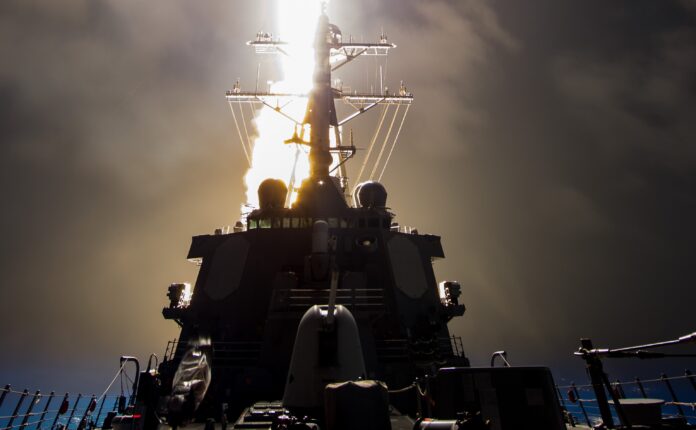
A U.S. warship failed to intercept a medium-range ballistic missile(MRBM) test target with SM-6 missile on Saturday, the U.S. Missile Defense Agency said.
The U.S. Missile Defense Agency, in cooperation with the U.S. Navy, conducted Flight Test Aegis Weapon System 31 Event 1 on May 29, 2021.
The objective of the test was to demonstrate the capability of a ballistic missile defense (BMD)-configured Aegis ship to detect, track, engage and intercept a medium range ballistic missile target with a salvo of two Standard Missile-6 Dual II (BMD-initialized) missiles. However, an intercept was not achieved.
Program officials have initiated an extensive review to determine the cause of any problems which may have prevented a successful intercept and will thoroughly analyse the results.
The Pentagon did not specify which Aegis warship was involved or the exact area where the test took place, but according to local Maui Now news, citing MDA officials, the Saturday test occurred somewhere northwest of Hawaii.
The MDA, an agency under the Department of Defense, routinely conducts missile defense tests. It has previously conducted successful intercept tests using types of SM-6 missiles.
Standard Missile-6 (SM-6)
The SM-6 is the latest variant in the Raytheon-built Standard Missile family.
The Standard Missile-6 (SM-6)—also known as the RIM-174—retains the Standard Missile airframe and propulsion elements and incorporates the advanced signal processing and guidance control capabilities of the Advanced Medium-Range Air-to-Air Missile (AMRAAM).
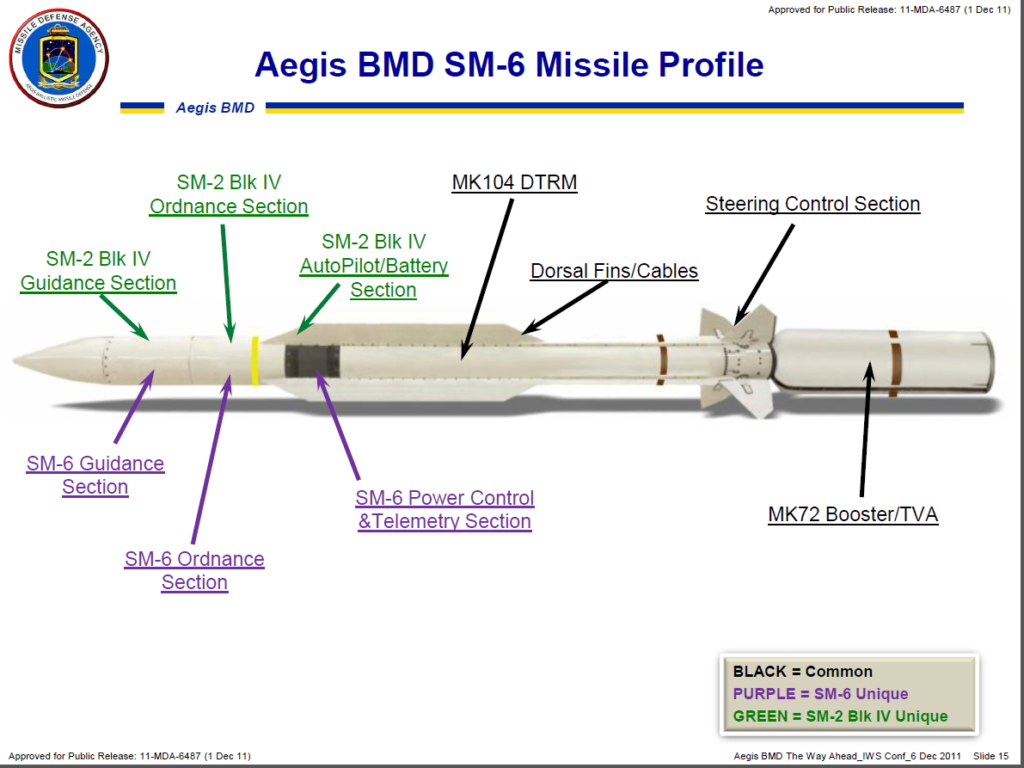
The SM-6 derives from the venerable SM-2 anti-aircraft missile but is souped up to take on low-flying cruise missiles. SM-2 always had some capability against surface ships, but this is the first time the more potent SM-6 has proven itself against such a target. The third sister, SM-3, is specifically designed to intercept ballistic missiles above the atmosphere — but the SM-6 has also proven versatile enough to shoot down ballistic missiles in some parts of their flight as well.
The cost to obtain and maintain the SM-6 is also comparatively lower, allowing more defensive interceptors to be employed in the battlespace, enhancing the U.S. Navy’s fleet air defense capability against numerous airborne threats.
The SM-6 missile is three missiles in one. It’s the only weapon that can perform anti-air warfare, ballistic missile defense, and anti-surface warfare missions. That means a great deal to Navy commanders who have limited space onboard their ships and can wield anti-air warfare, ballistic missile defense, and anti-surface warfare all packed within one missile cell.
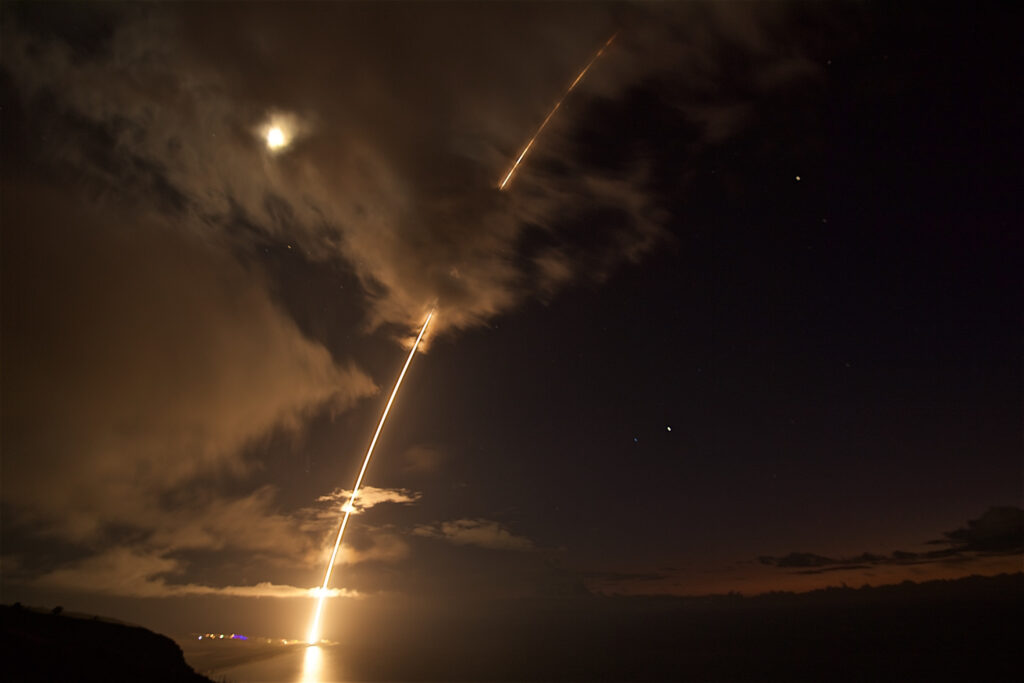
SM-6 Variants
SM-6 Block I The Block I has a Dual-Mode Seeker (Active and Semi-Active), a solid rocket booster, and dual thrust solid rocket motors. In 2013, the SM-6 Block I reached Initial Operating Capability when it was deployed aboard U.S. Aegis Destroyer the USS Kidd (DDG-100). During a test intercept in June 2014, the SM-6 Block I—fired from the USS John Paul Jones (DDG 53)—conducted the longest surface-to-air engagement in naval history. In 2015, the Block I carried out two successful intercepts, both of which involved cruise missile targets that were using electronic attacks against either the SM-6 missile or the Aegis shipboard radar. In February 2016, the two SM-6 Block I missiles successfully intercepted two cruise missile targets simultaneously.
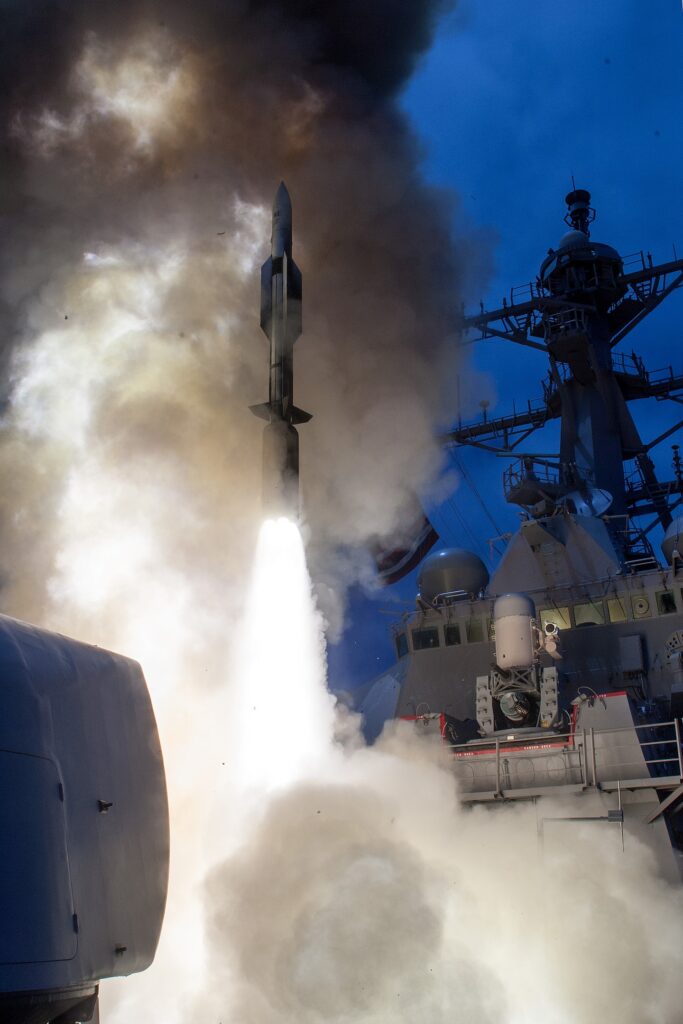
SM-6 Block IA This SM-6 configuration is designed to address hardware and software improvements and advanced threats. In November 2014, the Block IA successfully intercepted a subsonic cruise missile over land, marking the second successful flight test of the SM-6 variant. This SM-6 variant was again successfully tested in June 2017 during a land-based test at White Sands Missile Range in New Mexico. The successful test advanced the missile to the sea-based testing phase, possibly paving the way for low-rate production by the end of the year.
The SM-6 Dual I and Dual II Interceptors
The initial version of the SM-6 did not have a capability against ballistic missiles. The SM-6 is to be given a terminal-phase anti-ballistic missile capability in two phases. The first phase, the Sea-Based Terminal (SBT) Increment 1, includes an upgraded missile known as the SM-6 Dual I. A Dual I interceptor successfully intercepted a short-range (less than 1,000 km) ballistic missile target in a July 2015 test and its deployment is expected to begin in 2016. This is to be followed in 2018-2019 by SBT Increment 2 which will include the Dual II version of the SM-6. The SM-6 Dual interceptors will eventually supplant the modified Block IV interceptors as the Navy’s SBT interceptors.
There appears to be little publicly available information about how the Dual I interceptor differs from the baseline SM-6 or SM-6 Block I, or how the Dual II missile differs from the Dual I. Press reports indicate that the Dual I has a more powerful processor and additional software. A Raytheon spokeswoman described the Dual I as containing both ballistic missile defense and anti-air warfare software in the same missile
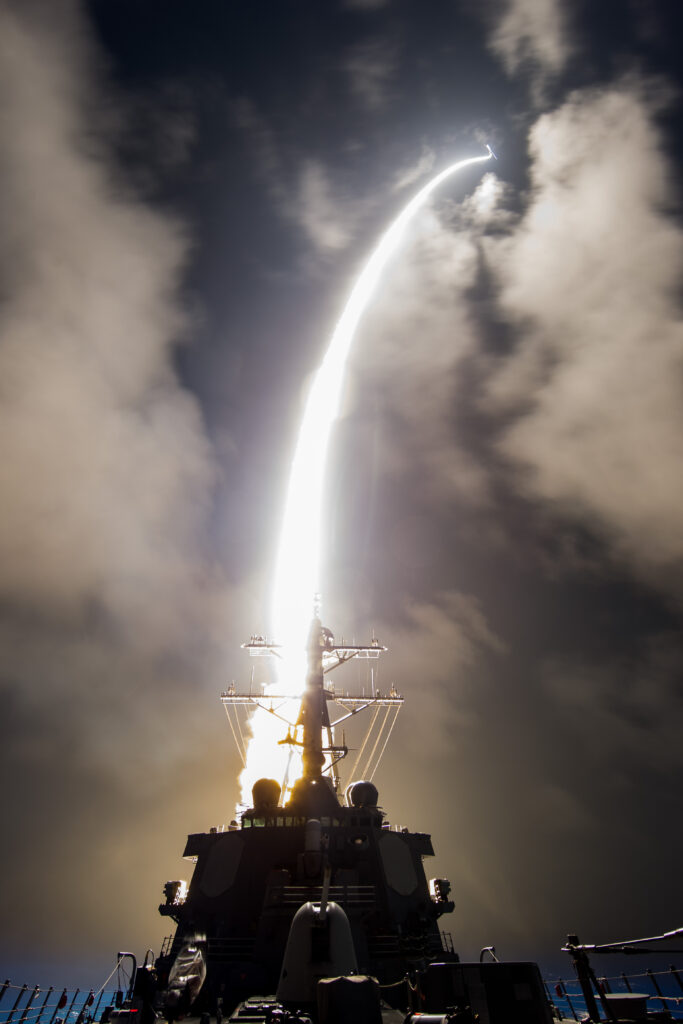
Specifications
| Mass | 3,300 lb (1,500 kg) |
| Length | 21.5 ft (6.6 m) |
| Diameter | 13.5 in (0.34 m) for Block IA 21 in (0.53 m) for Block IB |
| Warhead | 140 lb (64 kg) blast fragmentation |
| Detonation mechanism | radar and contact fuze |
| Engine | Two Stage: Solid rocket booster, solid rocket booster/sustainer |
| Wingspan | 61.8 in (1.57 m) |
| Operational range | ~130 nmi (150 mi; 240 km) (Block IA) |
| Flight ceiling | >110,000 ft (34,000 m) |
| Maximum speed | Mach 3.5 (2,664.2 mph; 4,287.7 km/h; 1.2 km/s) |
| Guidance system | Inertial guidance, active radar homing and semi active radar homing |
Check out Naval Library App to find out the specifications of SM-6 Missiles.




